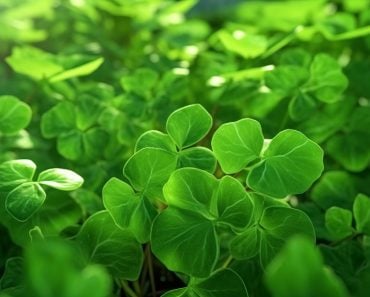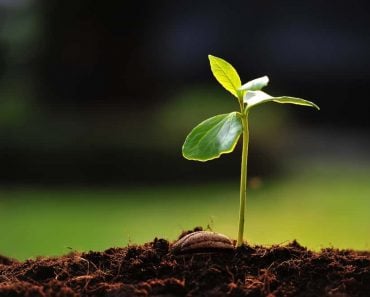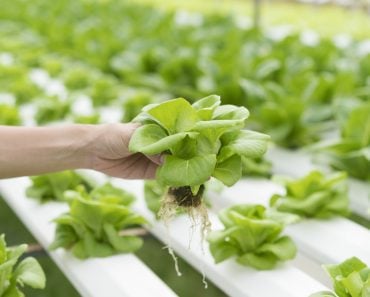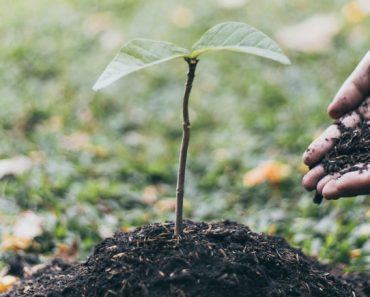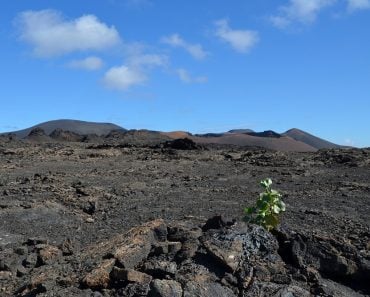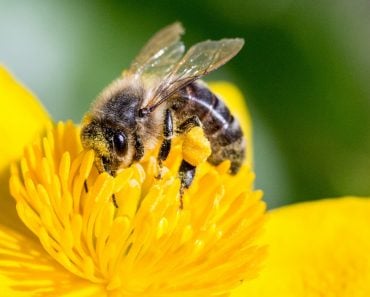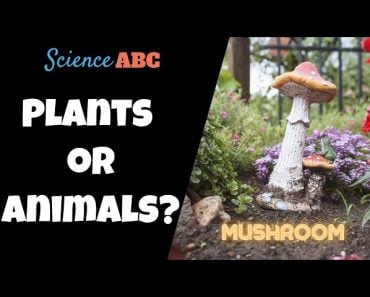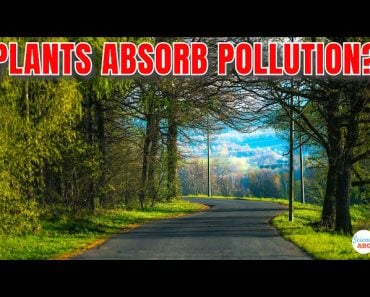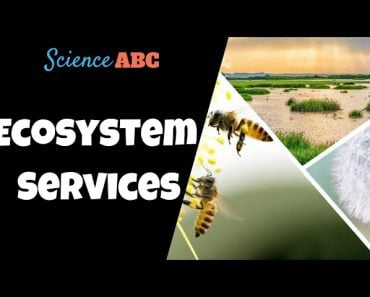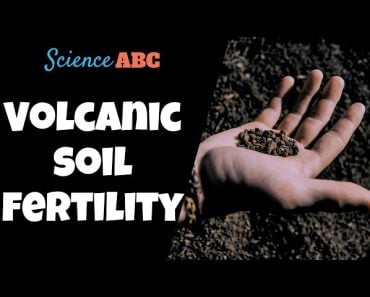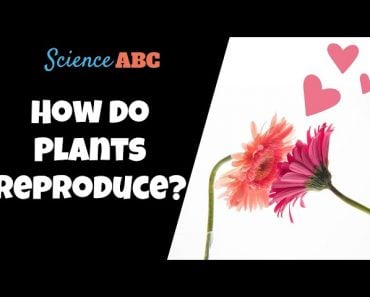Table of Contents (click to expand)
Plants hold the soil and the soil holds plants. As such, they live in a mutually beneficial relationship that promotes soil fertility and plant nutrition.
Do you remember those ‘save the environment’ posters? Well, in the majority of cases, that mission can be completed by planting more trees, as they hold the soil. Therefore, whenever strong windstorms or floods occur, the damage is controlled.
However, have you ever thought about how plants are able to hold the soil? What if it is actually the soil that holds the plants?
The trick in this question is how it has been proposed. The plants hold the soil together with their roots. In such a way, the soil is able to remain in one place, but in doing so, it continues to benefit the plant, as it provides complete nutrition, which can be taken up by the roots. We, in turn, can infer that soil provides the plant with a base and then holds the plant in position. Therefore, it is a mutually beneficial relationship where they both hold onto each other!
Let’s begin with the basics.
Recommended Video for you:
Shoot And Root Systems Of A Plant
A plant consist of the shoot system and the root system.
The shoot gets its name because it shoots out of the ground. On the other hand, the root system descends into the ground. All the “pretty” parts of the plant are visible on top, above the ground. These include the stem, which can sometimes be prickly, leaves of all different types, and flowers emitting beautiful fragrances.
On the other hand, roots act as the silent cousin of the plant family and, being positively geotropic, usually hide beneath the soil!
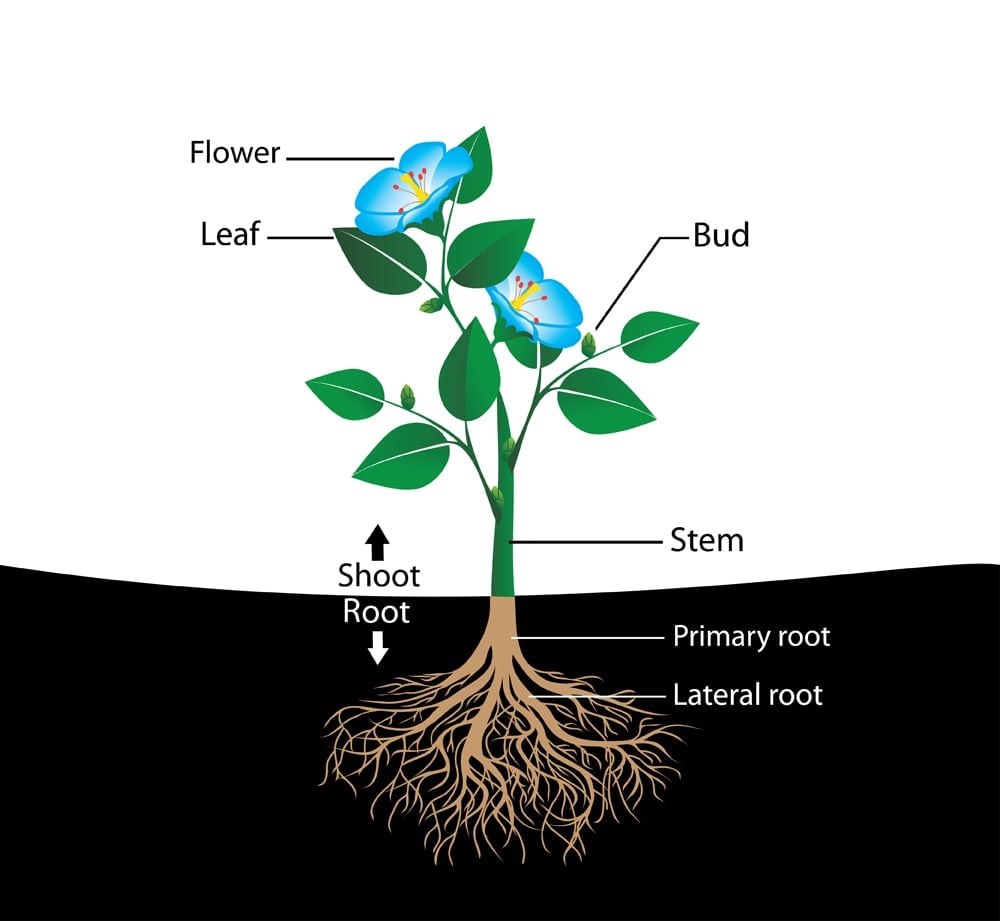
How Does A Plant Hold Soil?
Before delving onto this question, imagine a scenario. What happens when you pluck a plant from the soil? You will undoubtedly see clumps of soil adhered to the roots of this plant. This is precisely why the best way to prevent erosion is by planting more trees! The roots hold the soil in place, and by doing so, they protect the topsoil from being washed off during floods.
The life of a plant begins with a seed, which is placed in the soil. When favorable conditions occur, such as enough moisture and nutrients being available, the plant begins to grow. The shoot starts to develop through the plumule, which itself is rudimentary. For the roots, the radicle does the same job. Once the plant enters the phase of growth, it continues to derive its nutrition from its immediate vicinity, which is the soil!
Through various biogeochemical cycles that take place in our biosphere, many elements diffuse in the soil in the form of ions. For instance, through the Nitrogen cycle, Nitrogen and Oxygen ions reach the soil. Through the Carbon cycle, carbonate ions percolate in the soil, aided by death and decay of organic matter. Several of these ions are then taken up by the roots for the growth and maintenance of the plant.
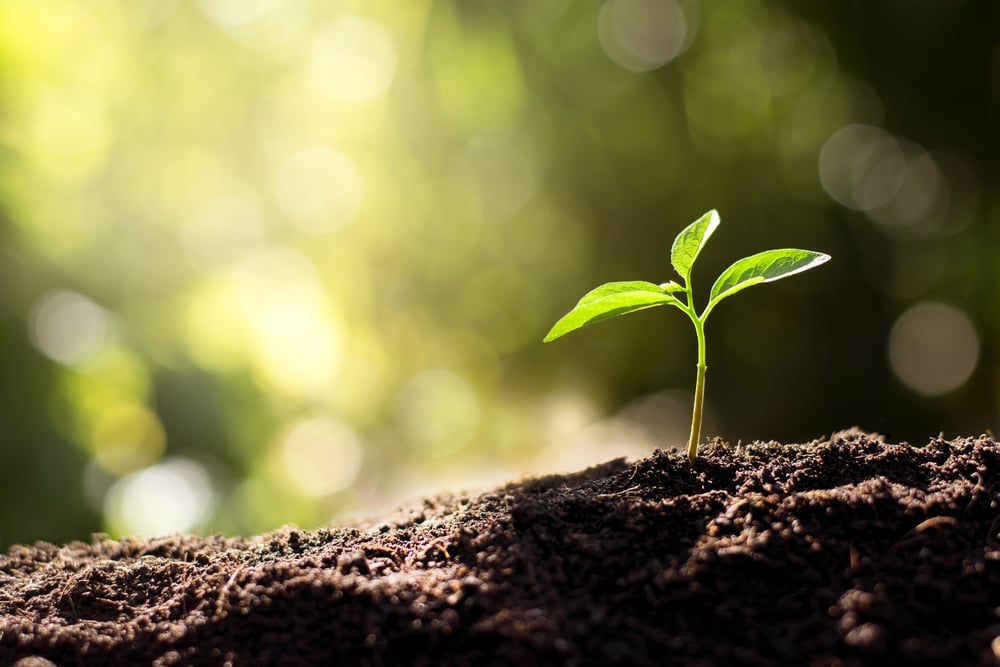
Because the plant requires nutrition, it makes sure that the root system is well developed. In the long run, well-developed roots can also be an evolutionary result. When a plant achieves a certain level of growth, you will also be able to spot a sound root system! This means that in order to secure future nutritional requirements, the roots hold the soil in place. This is why you don’t see plants growing out of thin air!
How Does The Soil Hold The Plants?
Soil provides a place for the plant to grow. Without a base and a place for the extraction of nutrients, no species would be able to survive on this planet! The soil, being a source of minerals and water, acts as a basic necessity for the plant. It also provides the plant with a platform on which to flourish.
Symbiotic Relationship
Even huge fish swimming in the oceans derive their nutrition by eating small fish. The sparrows eat worms from the ground and trees for their nutrition. This is precisely how the soil supports the plant, although this type of support is a little different than the examples above. We can call it a symbiotic interaction. You see, the big fish kills the smaller fish, as is the case with the sparrow and the worms. However, the soil benefits the plant by providing ample nutrients for its continued growth and never kills it. Without the soil, a plant would never grow. On the other hand, the plant helps in holding the soil by the placement of its roots.
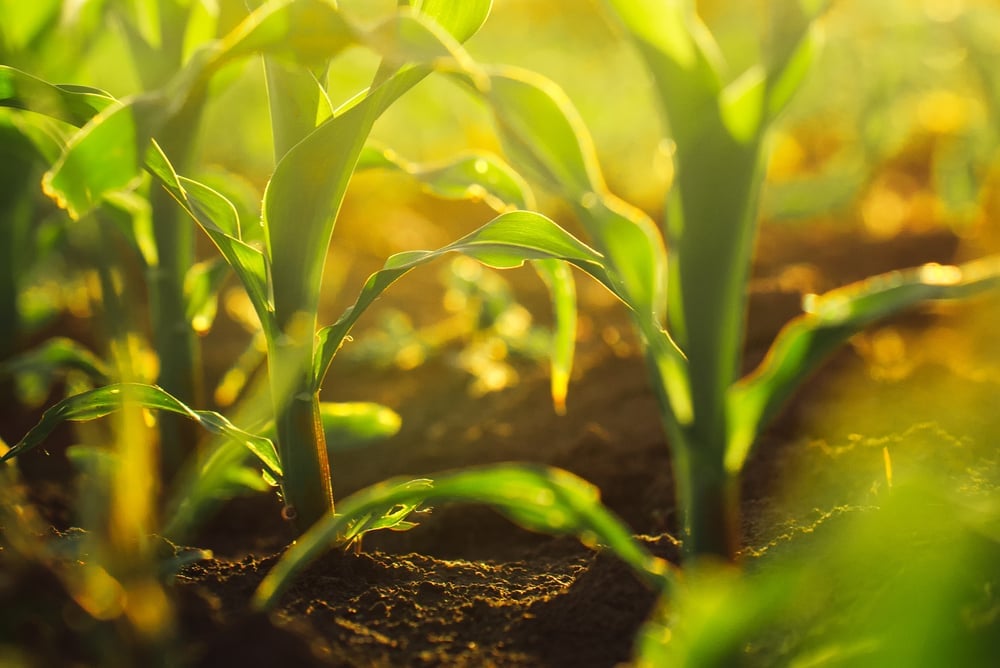
This pathway in which both parties benefit each other is called a symbiotic relationship. The plant gets an address, while the soil earns a distinction of being “fertile”.
Conclusion
The answer to the question as to who holds what has been solved here. Both the soil and the roots hold each other to support each other. Without the plants, the soil wouldn’t flourish. It would get washed away with rainwater or blown away by strong winds. Without the soil, plants wouldn’t have anything to derive their nutrition from. As such, it needs to hold the soil or else subject itself to doom!
It’s funny how the relationship between soil and plants can teach us so much about coexistence, not just in pure sciences, but in every other aspect of our life. “Live and let live” is a mantra of mutual support and coexistence that should be appealing to all!

